After hearing that Nursultan Nazarbayev himself wanted to be buried in Turkistan, I knew that I had to visit that little yet famous town no matter what. It was already a rather big destination among Turkish visitors of Kazakhstan, and as they introduce more and more flights to its small local airport, I can already see that it is well on its way to be the next big destination in Kazakhstan, if not all of Central Asia. It is a rather huge project with massive Kazakh and Turkish investment. There is even a Turkish university there, as well as a whole array of other institutions that help develop the region and its tourism. That is where the term “the heart of the Turkic world” comes from, as some who go to work there often try and depict it as such. I have some serious doubts about the feasibility of some long-term touristic plans for the city, but it is certainly one that deserves your visit if you are ever in the region. Read on to find out why a visit to Turkistan is rewarding for most if not all!
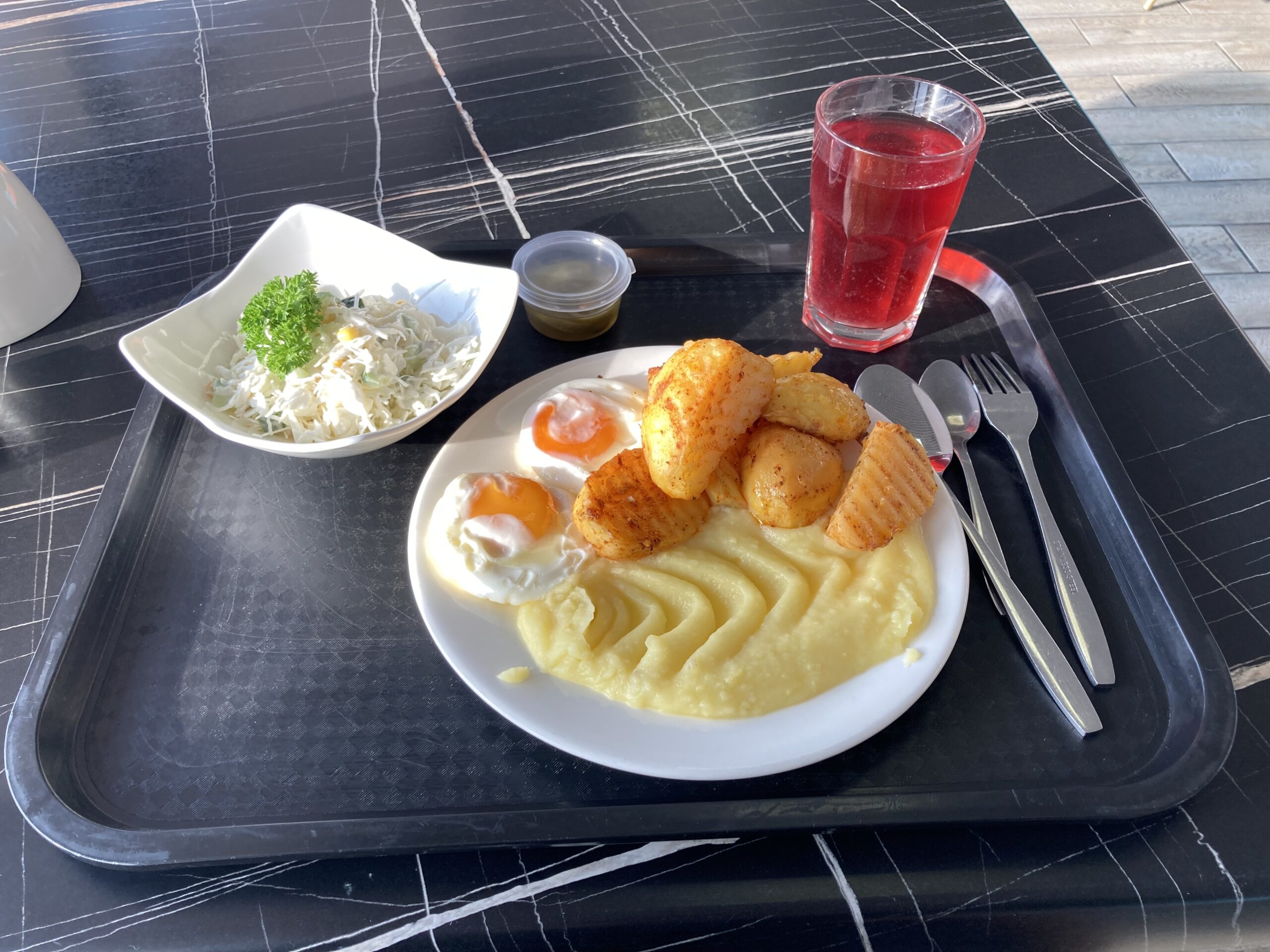
You can visit Turkistan as a daytrip from Shymkent, in fact I suggest you do that since there is some stuff to see in that town as well. All you need to do is to head to Samal bus terminal and be seated in a shared taxi for Turkistan. There will be many. The trip costs anywhere from 1000 to 2000 KZT depending on the model of the car/minivan and so on, and takes almost two hours. It is not a comfortable ride if you are unlucky like me and get stuck with a minivan, but it is worth the hassle. Since it will already be almost noon, I recommend starting your day right with a breakfast/lunch at Damdi. It is a pretty popular and cheap cafeteria. Though options for vegetarians are limited, they offer some of the best eggs and potato purees that I had in a while, and that crab salad tasted quite fire as well. Most certainly worth a stop.
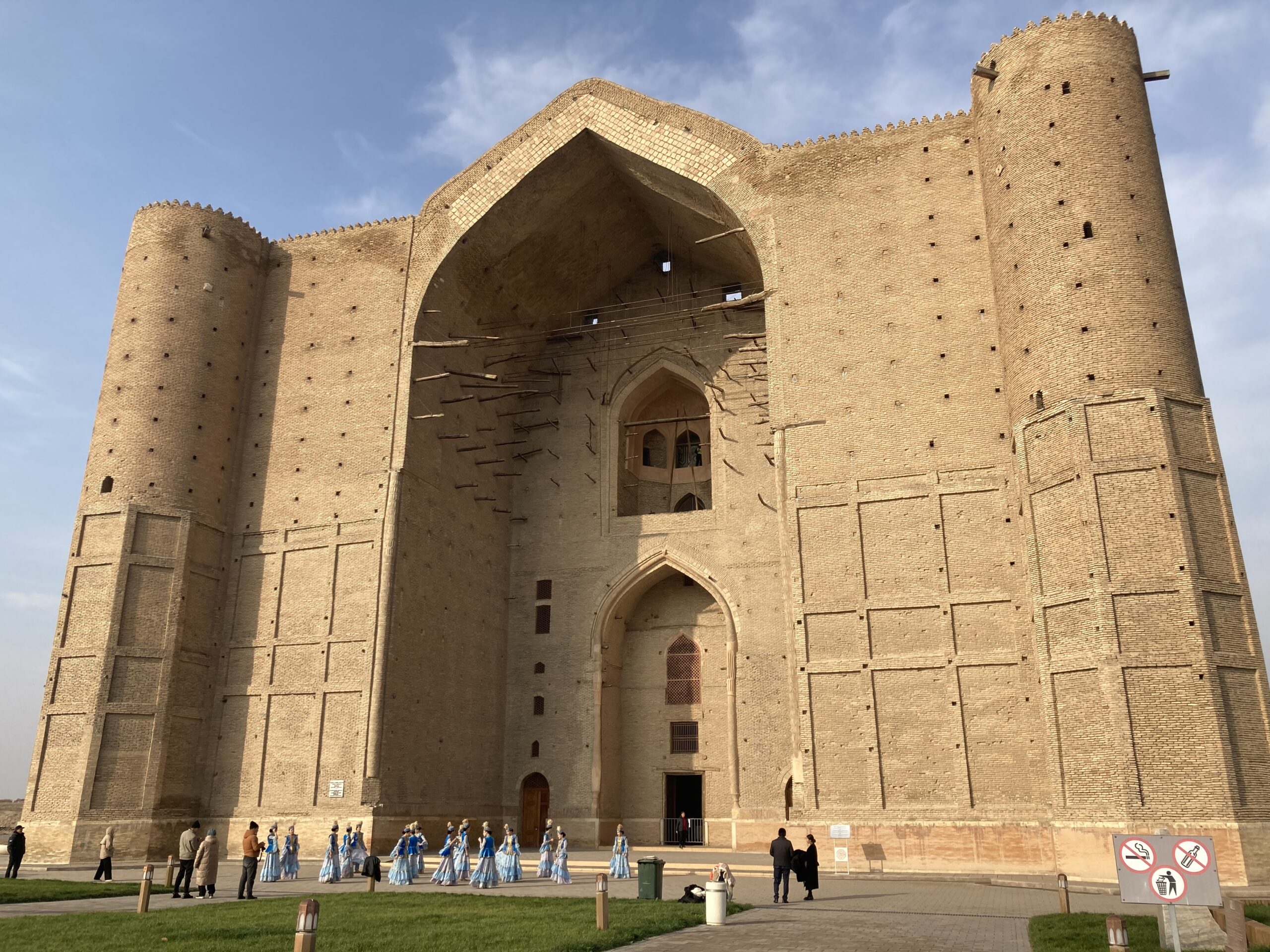
With a full stomach, it is time to get a move on as there is a lot to see in this little town. Obviously, our first stop will be the Mausoleum of Khoja Ahmed Yasawi, dedicated to the famous 12th century Sufi mystic. It is an enormous complex that is quite interestingly not finished to date despite starting to be built first in 14th century. You can visit many shrines entombed in this mega-structure, and pay your respects to numerous important figures in the early Islamic history of the region.
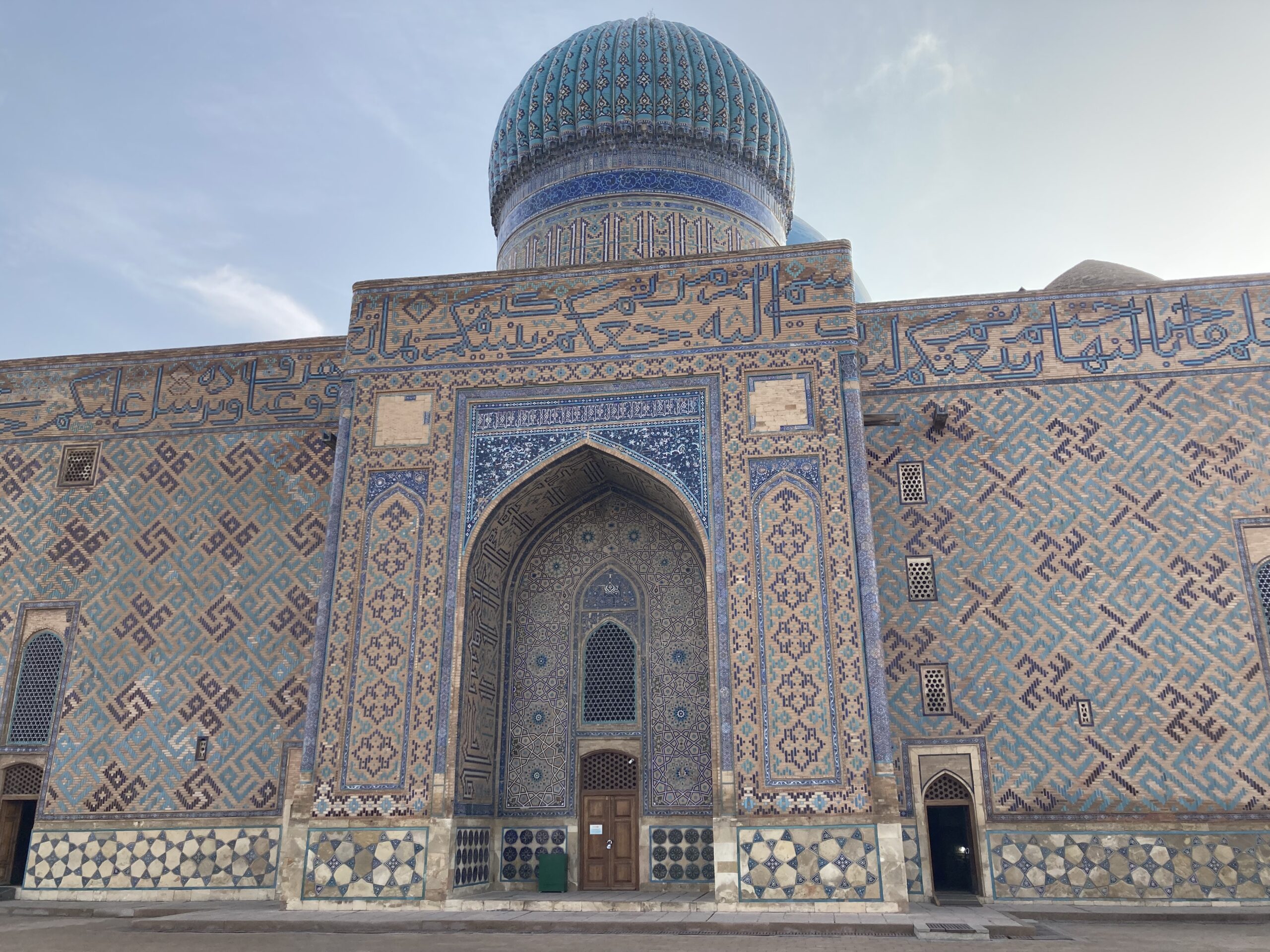
Quite funnily, to me at least, the backside of the mausoleum looks better as it seems to be the part that is fully finished. This was the first time I laid my eyes on ceramic work of this quality and quantity, though in this trip of mine that would take me to dreamy locations like Bukhara and Samarkand, it would surely not be the last nor the most captivating one.
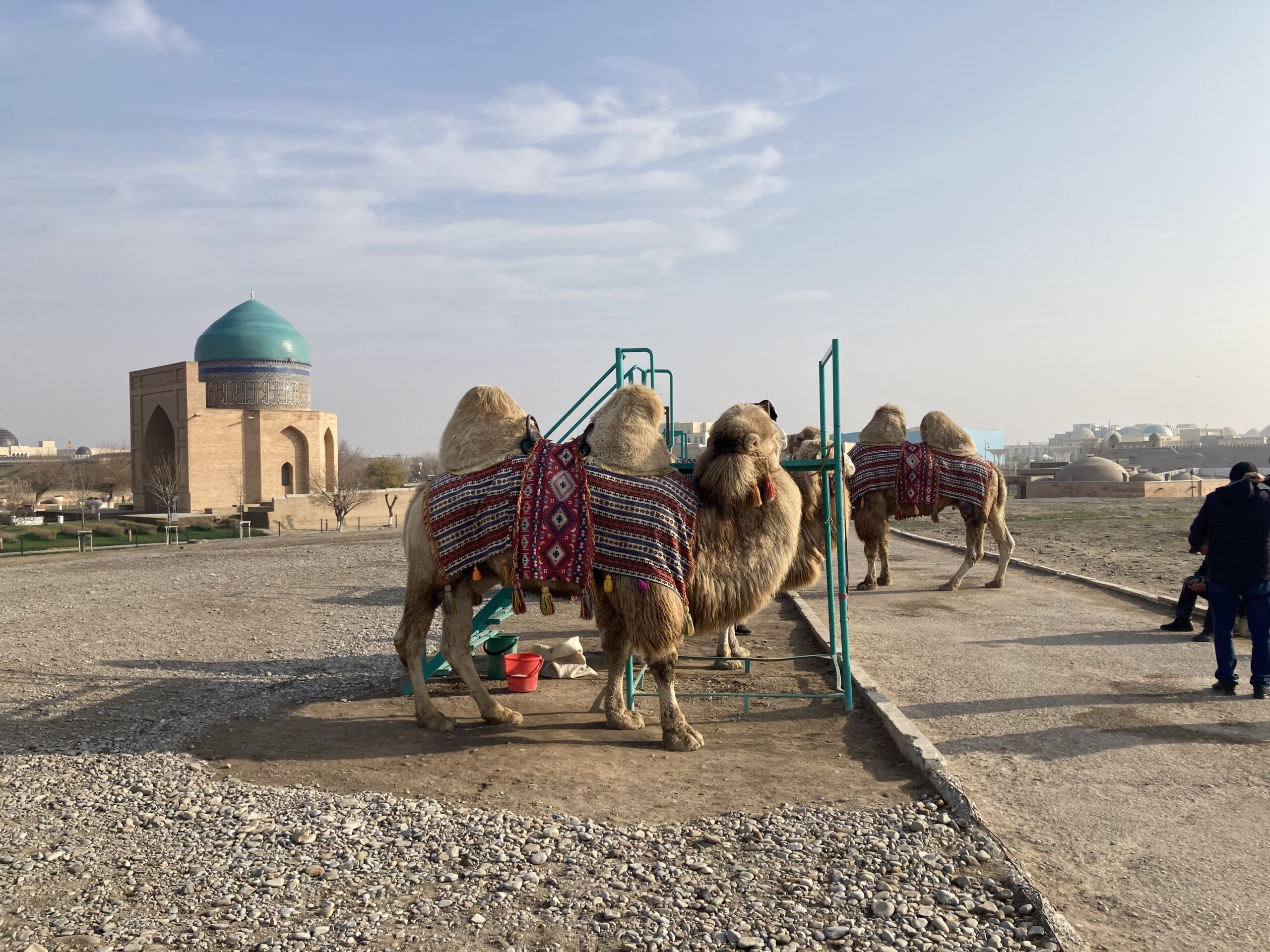
On the other hand, Turkistan as a whole, I must admit, is a rather captivating and dreamy place. As long as you do not leave the recently renovated touristic center of the historic town, you will feel like you are teleported to a whole new dimension where shahs fight for power over caravan routes and khans raid said routes regularly. It is a bit surreal to say the least, in the best way possible.
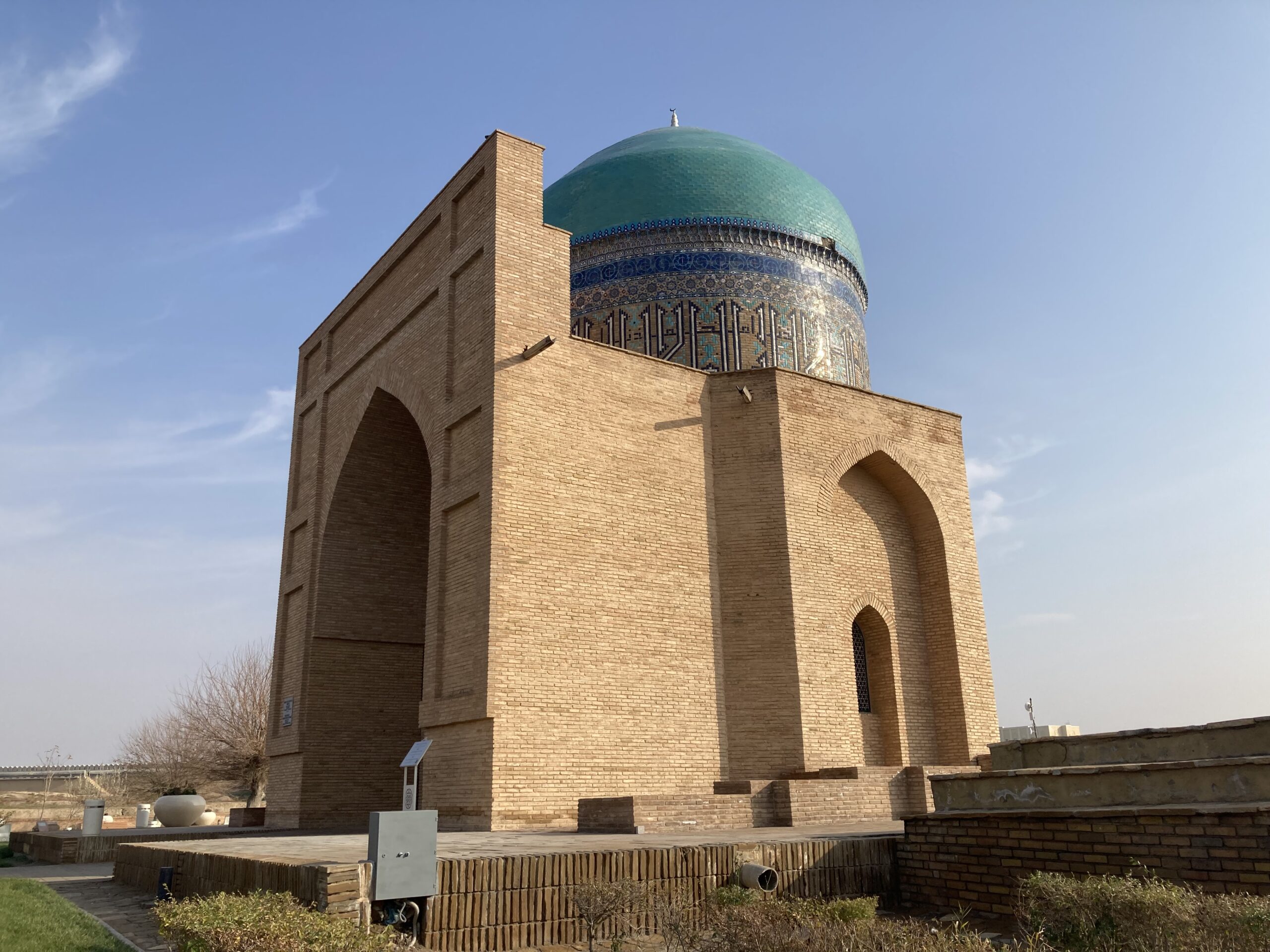
There are these small shrines and tombs of all sorts scattered around the ancient center of the town. I simply did not have the time to go through them all in detail but to be honest, unless you have a very specific interest in Sufi Islam, I am not so sure if one would even want to do that to begin with.
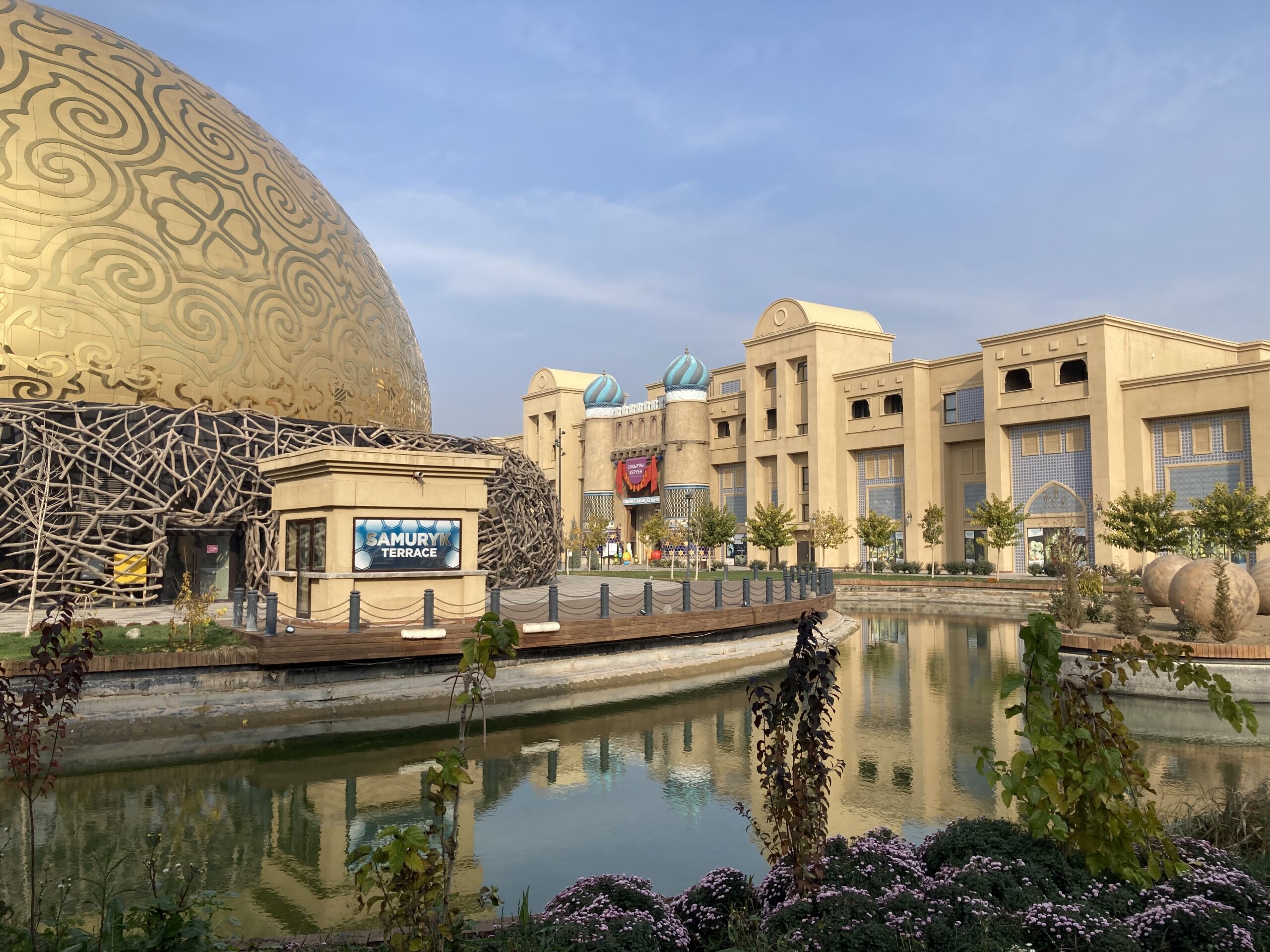
Unfortunately, as is perhaps expected from a newly renovated touristic place, a good chunk of the old Turkistan is now turned into a modern shopping center, the so-called Karavan Saray. It is not authentic in any way, and almost feels kitsch from time to time. This is not to say that it is a bad place. For some shopping and eating, it gets the job done. However, it is found in stark contrast to the spiritual and almost mythical nature of the true historic center of Turkistan.
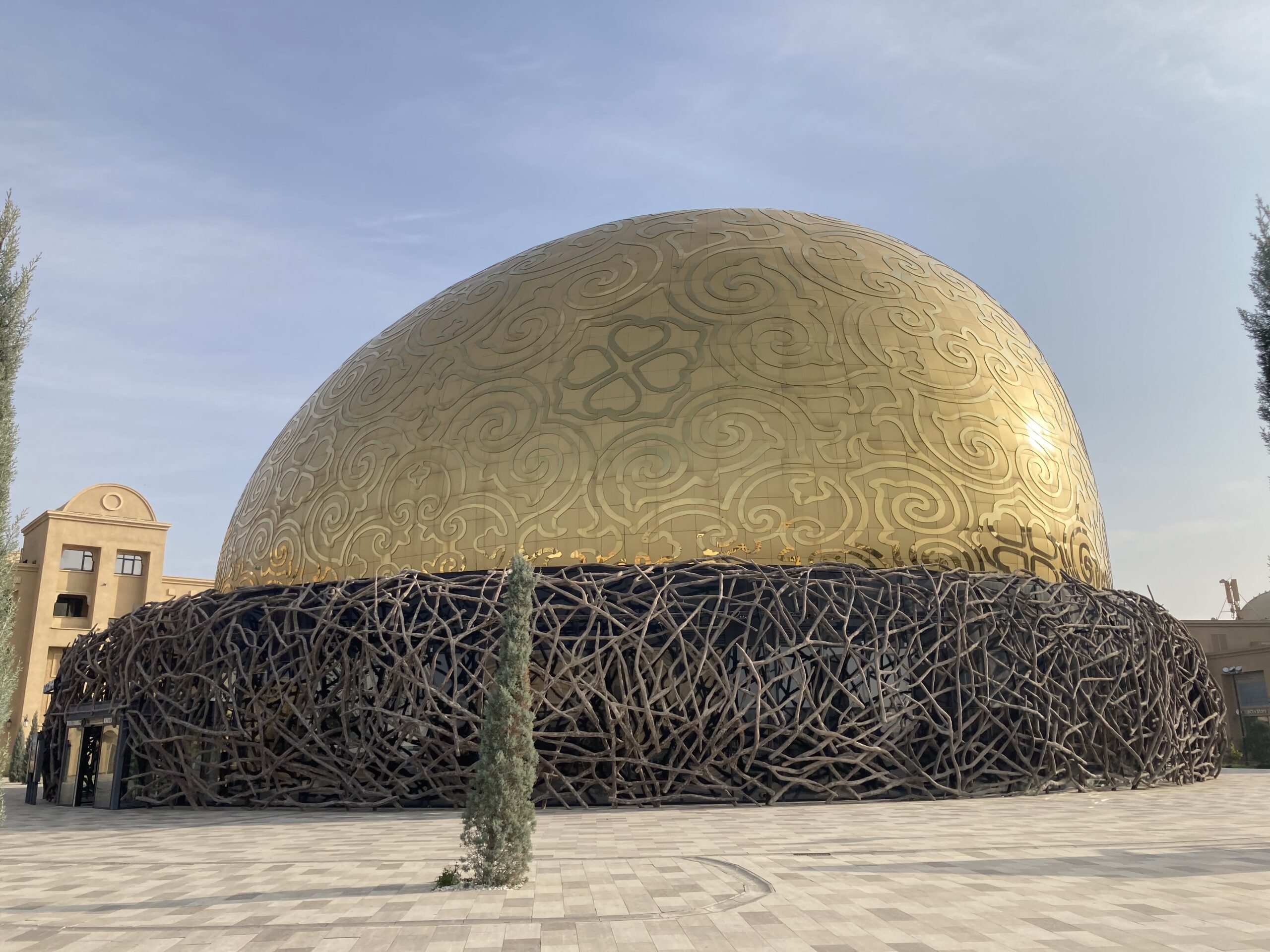
Once again, it is not terrible per se, but it is weird in more than one way. In any case, that egg-in-a-nest shaped building just happens to house one of the finest attractions in Turkistan, so I have to cut them some slack for that…
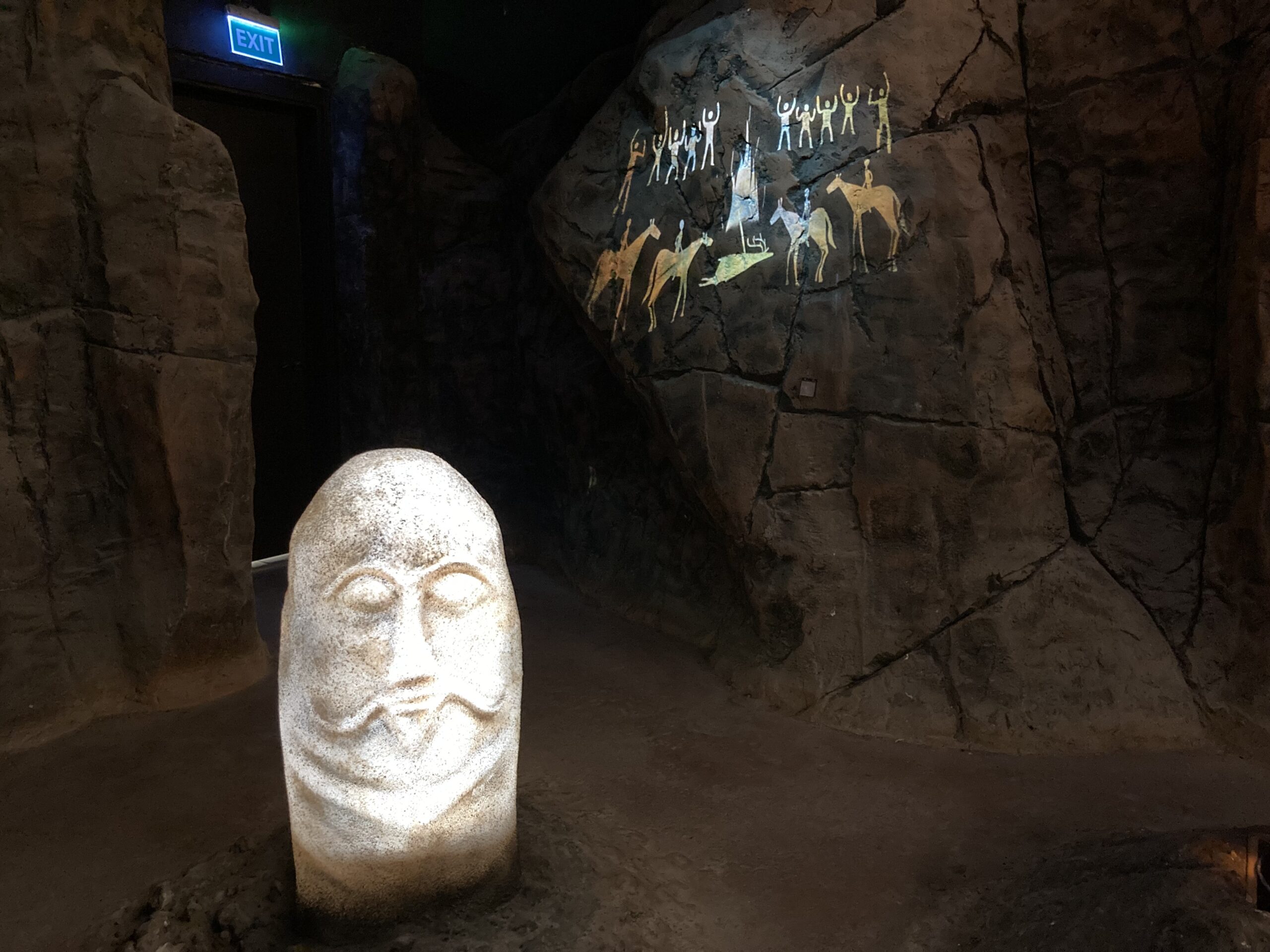
That attraction costs a hefty 6500 KZT to get in (almost 15 USD at the time of writing), and features a small but very well made museum dedicated to the history of the region and Kazakhstan in general. But that is not all it offers…
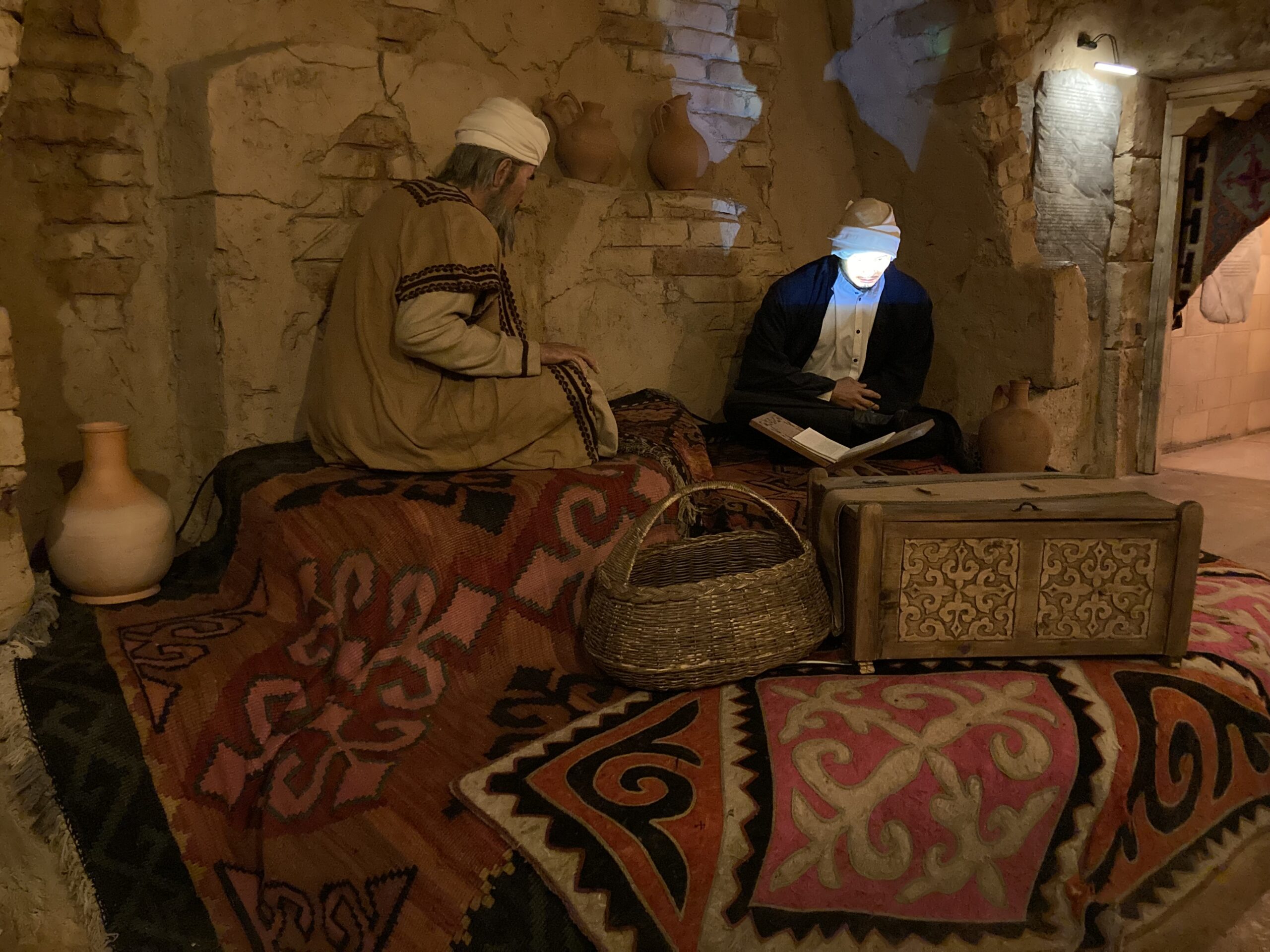
Other than a few interesting installations like this, the crown jewel of this so-called Flying Theatre is its exhilarating short movie that you experience with moving seats, hence the name. It makes you feel like you are flying around Turkistan, Almaty, and Astana, and that sure is an experience one has to have at least once in a lifetime. It was forbidden (and technically very hard) to take photos inside the performance so just take my word for it.
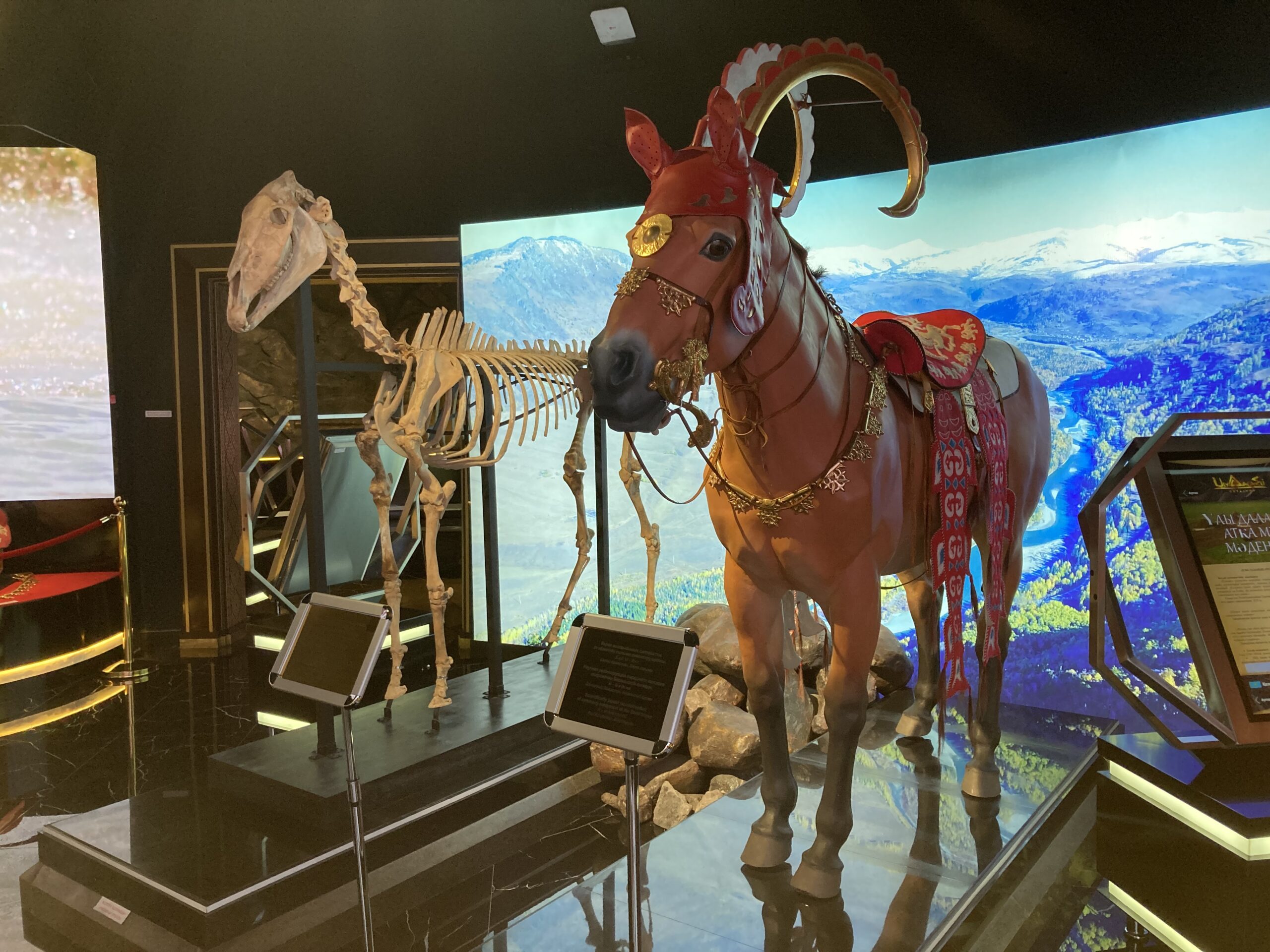
If you want a more settled down museum experience, than I suggest you visit the nearby Uly Dala Eli Ortalygy. It offers a lot of exhibitions on Kazakh heritage, which can easily surpass the stuff you can find in Almaty and Astana’s less than stellar museums.
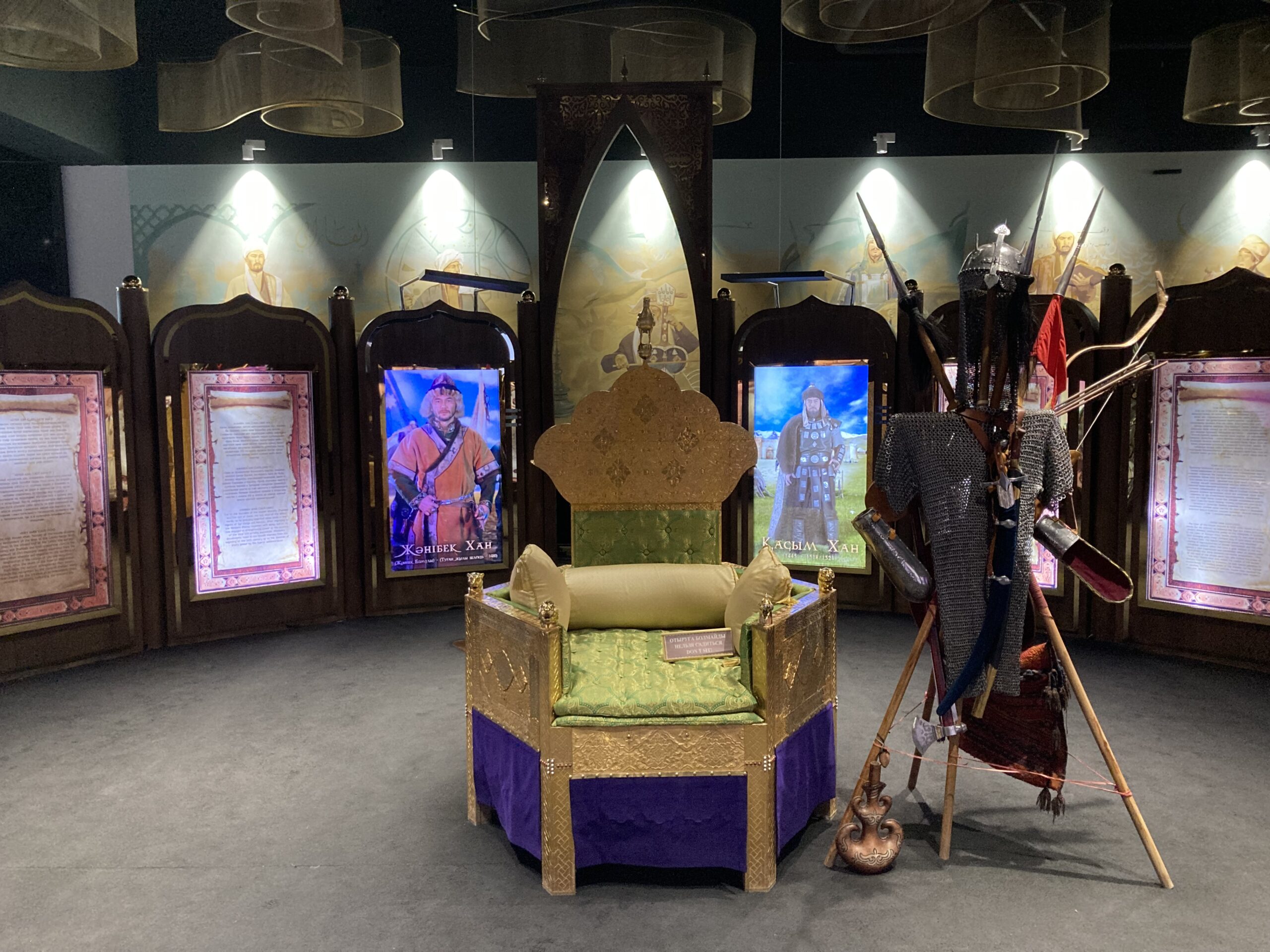
It even features a room like this where you can listen to old Kazakh leaders in three different languages (Kazakh, Russian, and surprisingly English) which was a much welcome addition to say the least. Talk about using technology to better museums!
All in all, I would say that Turkistan is in fact a rather must-see place in Kazakhstan, if you are residing in the country for a long time. However, it does not really deserve a trip of its own from any other country, and perhaps even from within Kazakhstan. It is too touristy, on purpose, which destroys some of its spirituality which would have set it apart from similar towns around the region. Moreover, just a few hours seem more than enough to see most of the attractions this little town offers, so for most travellers it would not make sense to stay the night there. In case you are doing a daytrip there like me, simply take a minivan/taxi back at Merey bus station to Shymkent and spend the night there instead. As it stands now, this seems to be the most logical way to explore the so-called heart of the Turkic world.
